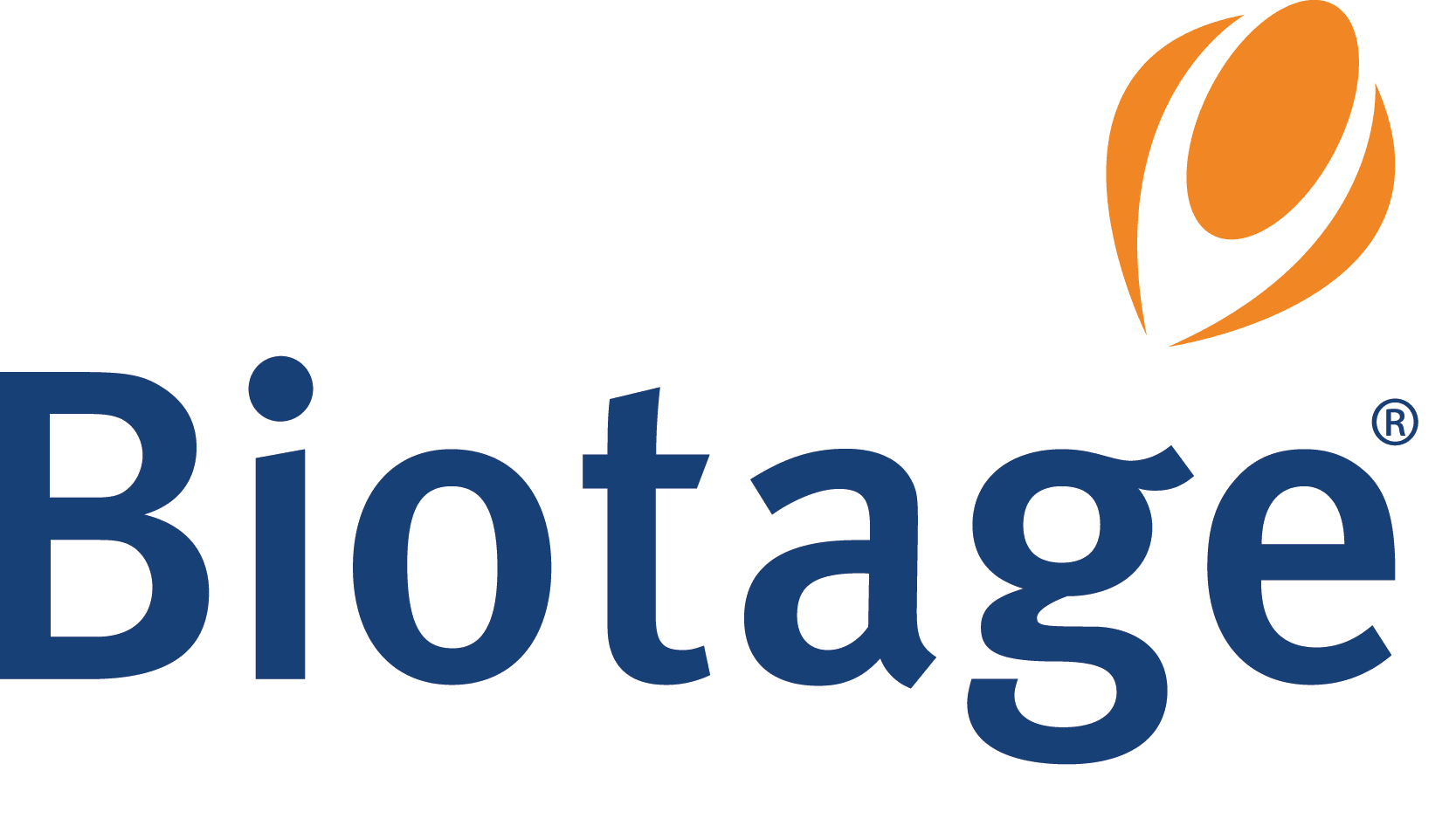Introduction
- Rapid analysis of 7 classes of antibiotics from meat products in less than 8 minutes results in shorter cycle times and improved productivity
- Ultra-high efficiency Kinetex core-shell columns provide narrower peaks and increased sensitivity
 TN-1074 APPLICATIONS
TN-1074 APPLICATIONSIn modern mass production operations, many animal feeds, which are used in beef, pork, chicken and turkey production, contain antibiotics as prophylactics.1 The beta-lactam, macrolide, sulfonamide, tetracycline, and other antibiotics are an indispensable part of food animal production and help to maintain the optimal health of the animals. However, the residues of antibiotics remaining in animal-derived human foods may pose potential human health hazards toxicologically, microbiologically or immunopathologically.1, 2, 3, 4 Many countries have implemented a series of regulations governing the use, dosage, and withdrawal times for many of these antibiotic compound classes in animal production.
Experimental
Sample Preparation
1 gram of homogenized beef kidney, kidney juice, or serum was extracted using 10 mL of a 2:8 (v/v) mixture of water and acetonitrile and vortexed for 5 minutes. The sample was then centrifuged for 5 minutes and the supernatant decanted into a 50 mL tube containing 500 mg Strata® C18E SPE sorbent. The sample was again briefly vortexed, shaken for 30 seconds and centrifuged for 1 minute. A 5 mL aliquot of the resulting supernatant was transferred to a graduated tube and the contents evaporated down to less than 1 mL. The sample was then brought up to 1 mL total volume with water, and filtered (0.45 μm PVDF) prior to LC/MS/MS analysis.5 Chromatographic Conditions
The chromatographic system consisted of an Agilent 1100 series binary pump equipped with on-line solvent degasser, autosampler, and column temperature module (Palo Alto, California); interfaced with an Applied Biosystems 4000 QTRAP® LC/MS/MS system with Turbo VTM ion source. Positive polarity and negative polarity were monitored separately. The system was controlled using Analyst® software version 1.4.1.While there are several methods to determine antibiotic residues including bioassays, immunoassay, thin layer chromatography, and so on, LC/MS/MS is much more compelling due to its higher specificity and sensitivity, which leads to better quantitation and identification.1, 2 The method described here is for screening of seven classes of antibiotics: beta-lactam, tetracycline, sulfonamide, macrolide, amphenicol, fluoroquinolone, and flunixin. HPLC method development issues are explored and a newly introduced high efficiency core-shell particle is used as HPLC media to optimize retention and provide higher sensitivity of analysis.





